Olive Young - Gwangju Yongbong Branch [Tax Refund Shop] (올리브영 광주용봉지구)
10.8 Km 0 2024-04-18
39, Yongbongtaekji-ro, Buk-gu, Gwangju
-
Gwangju Biennale Exhibition Hall (광주비엔날레전시관)
10.8 Km 0 2023-11-28
111 Biennale-ro, Buk-gu, Gwangju
+82-62-608-4114
Since its establishment in 1994, the Gwangju Biennale Exhibition Hall has significantly contributed to Korea's art culture and the world through numerous exhibitions. It strives to give joy and motivation to many people and serves as a channel for Korean artists' forays into the world. Notably, the Biennale exhibition is not a one-time event, and various attempts are being made to make it a sustainable platform as it increases the regional value of Gwangju, the home of the Biennale.
In the era of COVID-19, online services are also provided to citizens who have difficulty visiting the site in person to experience the exhibition.
Gwangju History & Folk Museum (광주 역사민속박물관)
11.0 Km 41129 2020-07-08
48-25, Seoha-ro, Buk-gu, Gwangju
+82-62-613-5337
Gwangju History & Folk Museum opened in 1987 as the largest museum operated by a city government in Korea. It was established for the purpose of preserving valuable Korean folk relics and putting them on exhibit to increase the public's cultural awareness. The museum displays the rich and colorful lifestyles and folk culture of Korea's southwestern regions including Gwangju and Jeollanam-do.
First floor of the museum displays food, clothing, housing, livelihood, and handicrafts while the second floor showcases folk games, traditional customs and folk religions. The museum also utilizes miniature and diorama displays to recreate scenes from the past. A total of eight videotech systems in the museum allow visitors to enjoy vivid demonstrations of the region's nine intangible cultural relics.
Gwangju Museum of Art (광주시립미술관)
11.2 Km 15593 2022-09-02
52, Haseo-ro, Buk-gu, Gwangju
+82-62-613-7100
The Gwangju Museum of Art was founded on August 1, 1992, to promote local artists. In 1996, it served as the venue for the Gwangju Biennale. The museum holds over 560 works, including those from Heo Baekryeon, Oh Jiho, Yang Su-ah, and Im Jik-sun, all local artists. In addition to the permanent exhibitions, the museum also has special planned exhibitions and other cultural programs.
Gwangju Family Land (광주 패밀리랜드)
11.4 Km 32179 2023-01-04
677, Uchi-ro, Buk-gu, Gwangju
+82-62-607-8000
Gwangju Family Land is an amusement park equipped with dozens of exciting rides as well as recreational facilities such as a swimming pool, an ice rink, and a sledge park. Spanning 290 acres of land, it is the largest urban amusement park in all of Jeollabuk-do and Jeollanam-do Provinces. The amusement park also offers entertainment courses designed for couples, families and children.
Jungoe Park (중외공원)
11.4 Km 13802 2021-10-25
52, Haseo-ro, Buk-gu, Gwangju
+82-62-613-7100
Jungoe Park is one of the nation's most famous leisure spaces. There is a children's grand park, the Olympic Garden, and the Olympic Monument. The children's grand park is especially popular on weekends and holidays.
There is also a folk museum, an education center, and the Biennale Exhibition Hall in the Biennale & Museum section of the park.
The park is most popular during fall for its beautiful foliage. In addition, the Rainbow Bridge is a symbol of the Biennale and was installed during the 1st Gwangju Biennale.
Gwangju National Museum (국립광주박물관)
11.5 Km 24282 2023-11-28
110 Haseo-ro, Buk-gu, Gwangju
+82-62-570-7000
Gwangju National Museum, opened on December 6, 1978, was established to promote the development of cultural arts and to foster patriotism. Gwangju National Museum’s goal is to conserve cultural values through the collection and preservation of historical and valuable artifacts found in the Gwangju and Jeollanam-do regions as well as make contributions to the community through continuous research, exhibition, and education. With over 130,000 artifacts as well as various educational and experience programs, the museum aims to provide an enjoyable cultural center for visitors.
Manyeonsa Temple - Hwasun (만연사(화순))
11.5 Km 20049 2020-03-27
367, Jingak-ro, Hwasun-gun, Jeollanam-do
+82-61-374-2112
Manyeonsa Temple is known to have been built in 1208, the fourth year of King Heejong’s (r. 1204-1211) reign during the Goryeo dynasty.
It is said that Manyeonsa Temple was constructed by Great Monk Manyeon after he dreamt of 16 nahans, Buddha’s disciples, preparing to build a temple to preserve Buddha’s statue when taking a short nap during his journey back to Songwangsa Temple in Jogyesan Mountain from Wonhyosa Temple in Mudeungsan Mountain. When he awoke from his nap, he noticed that snow had completely covered his nearby surroundings except for the exact spot where he lied down, which remained so warm that snow had melted and steam was rising from the ground. He then settled in the area by building a dugout where he continued to practice asceticism and later built Manyeonsa Temple.
The temple was partially destroyed during the Korean War (1950) and restoration efforts were made in 1978.
Gwangju Arts Center (광주예술의전당)
11.7 Km 16576 2024-02-14
60 Bungmun-daero, Buk-gu, Gwangju
+82-62-613-8333
Opened in 1991, the Gwangju Arts Center is the cornerstone of culture and arts in Gwangju. It offers high-quality performances and exhibitions across various genres, including Korean traditional music, opera, classical music, and ballet. The center boasts a range of artistic facilities, such as a main theater, a secondary theater, a traditional music hall, a sculpture garden, and an amphitheater. The main theater has a seating capacity for up to 1,500 people.
Kkotpineun Chunsamwol (꽃피는춘삼월)
11.7 Km 0 2024-02-13
50 Seongyo-ro, Dong-gu, Gwangju
Kkotpineun Chunsamwol is a traditional Korean teahouse nestled in a picturesque hanok. It specializes in authentic Korean beverages and desserts. The teahouse's signature offering is ssanghwatang, an herbal tonic tea prepared with chestnuts, gingko, and nuts in a homemade decoction. Other popular items include Yennal Bingsu (shaved ice with grain and black sesame ice cream), and a nutty latte with bean powder. These beverages pair exceptionally well with traditional Korean sweets like yakgwa (honey cookie) and garaetteok gui (grilled rice cake stick), enhancing the overall culinary experience.
![Olive Young - Gwangju Yongbong Branch [Tax Refund Shop] (올리브영 광주용봉지구)](http://tong.visitkorea.or.kr/cms/resource/27/2886827_image2_1.jpg)
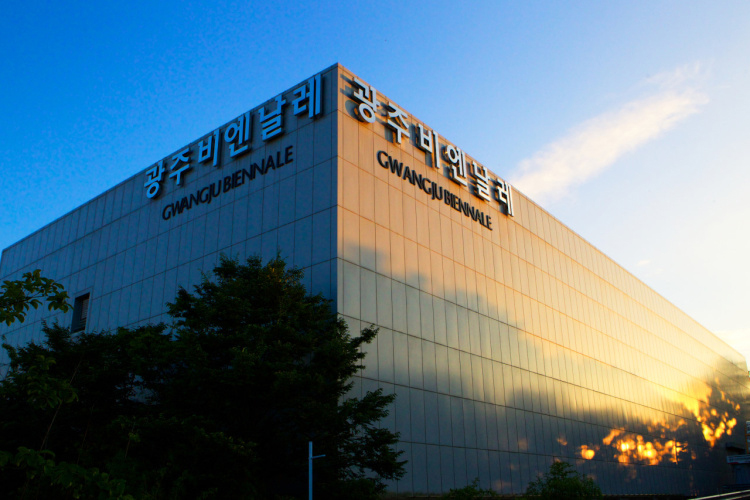
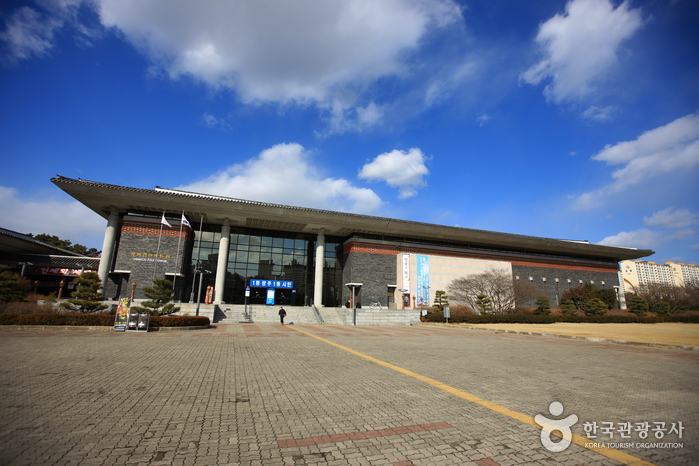
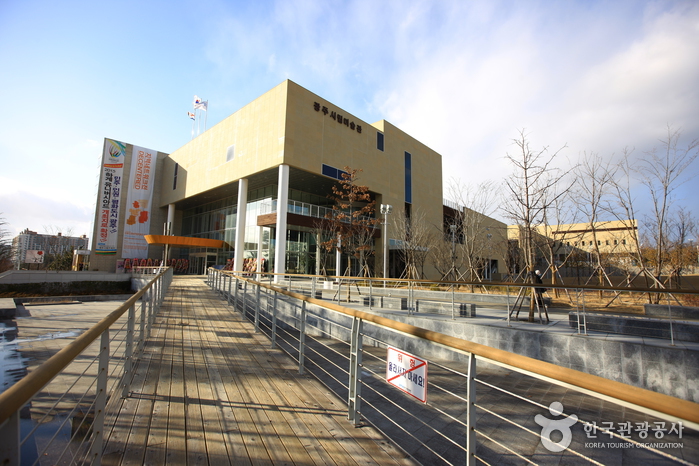

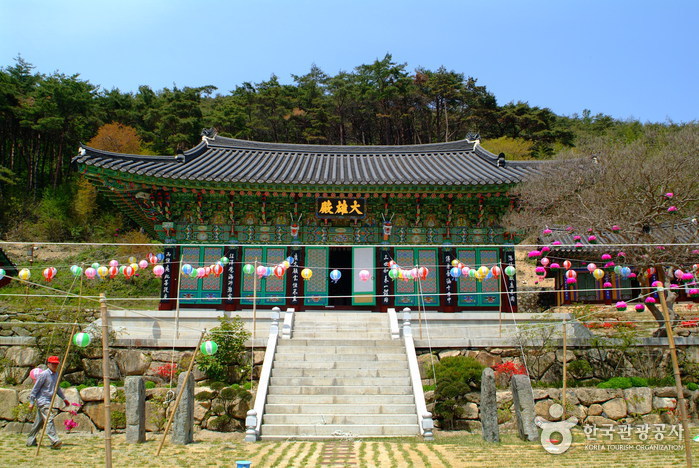
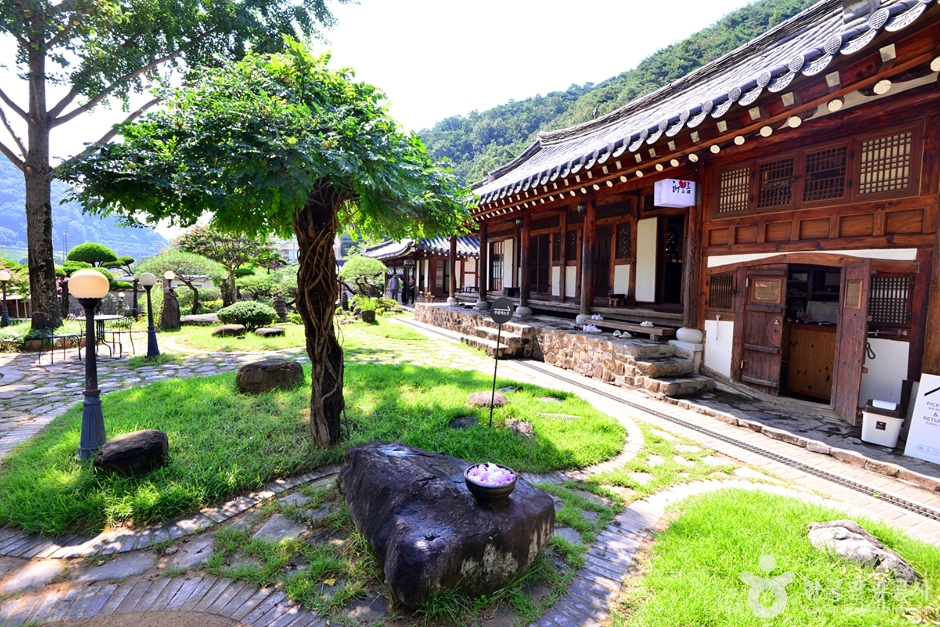
 English
English
 한국어
한국어 日本語
日本語 中文(简体)
中文(简体) Deutsch
Deutsch Français
Français Español
Español Русский
Русский